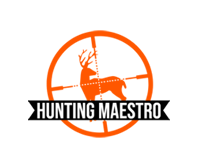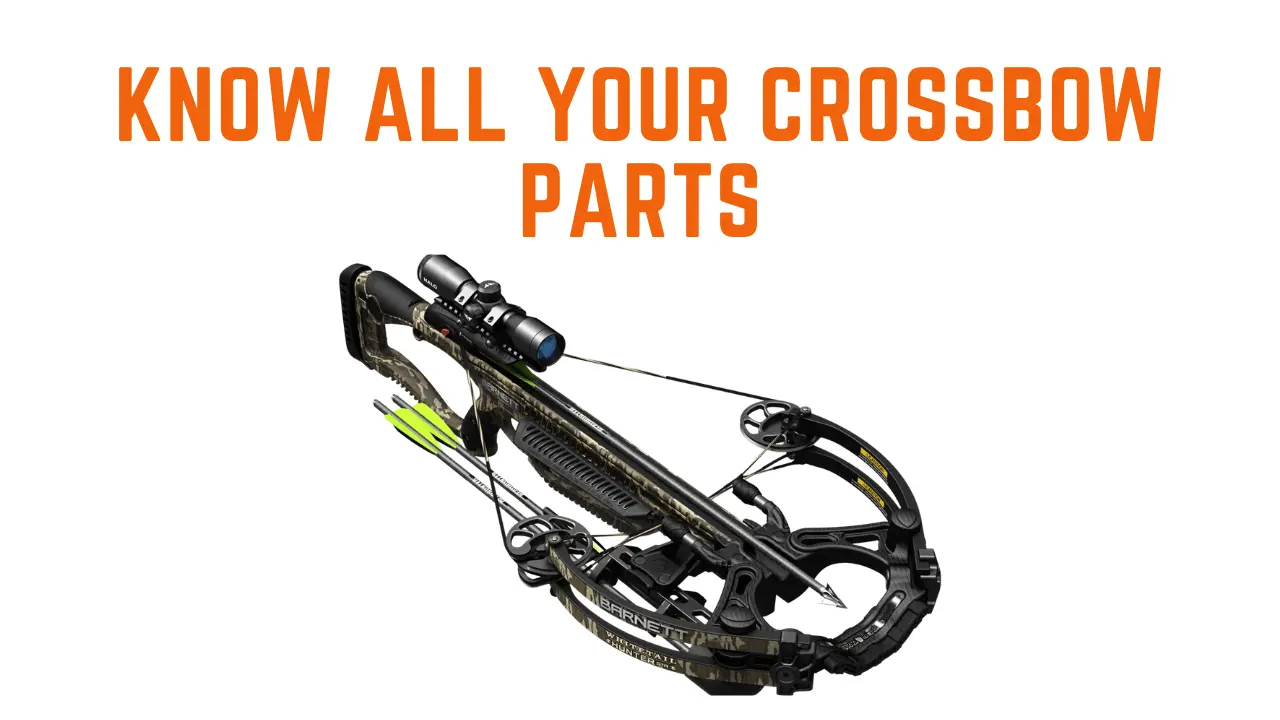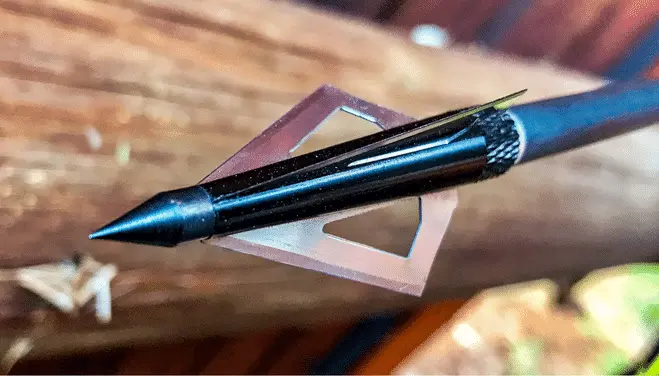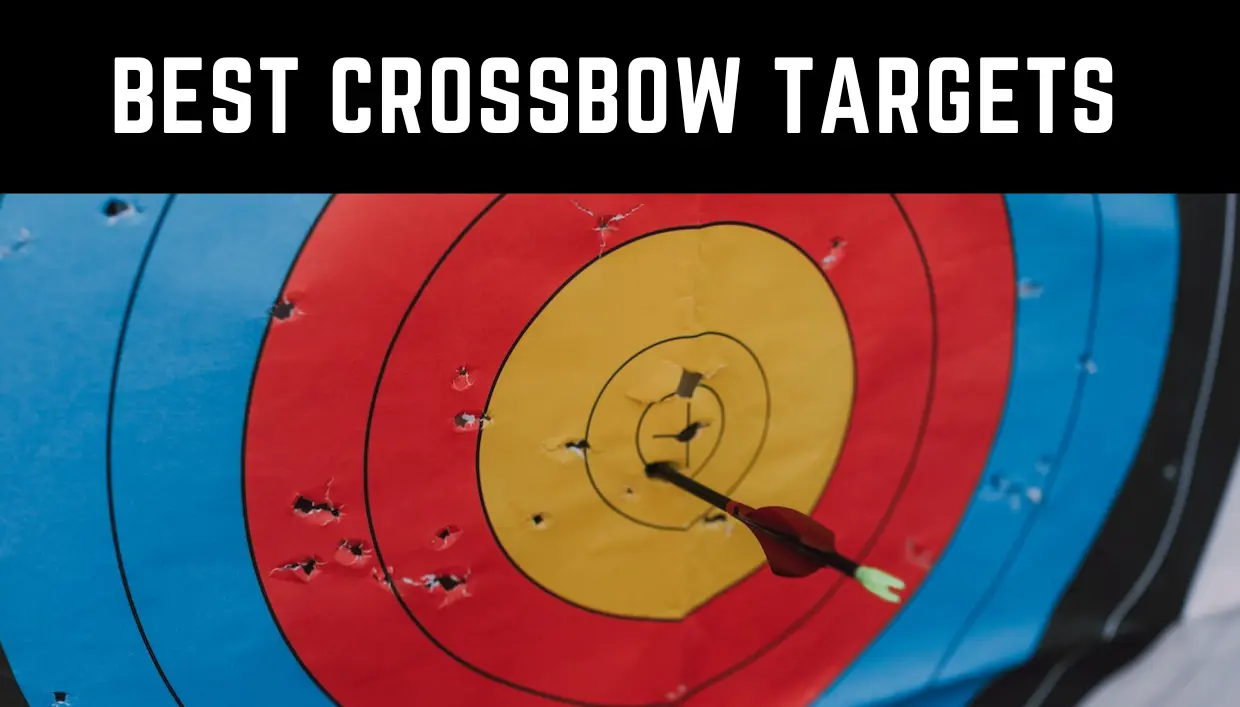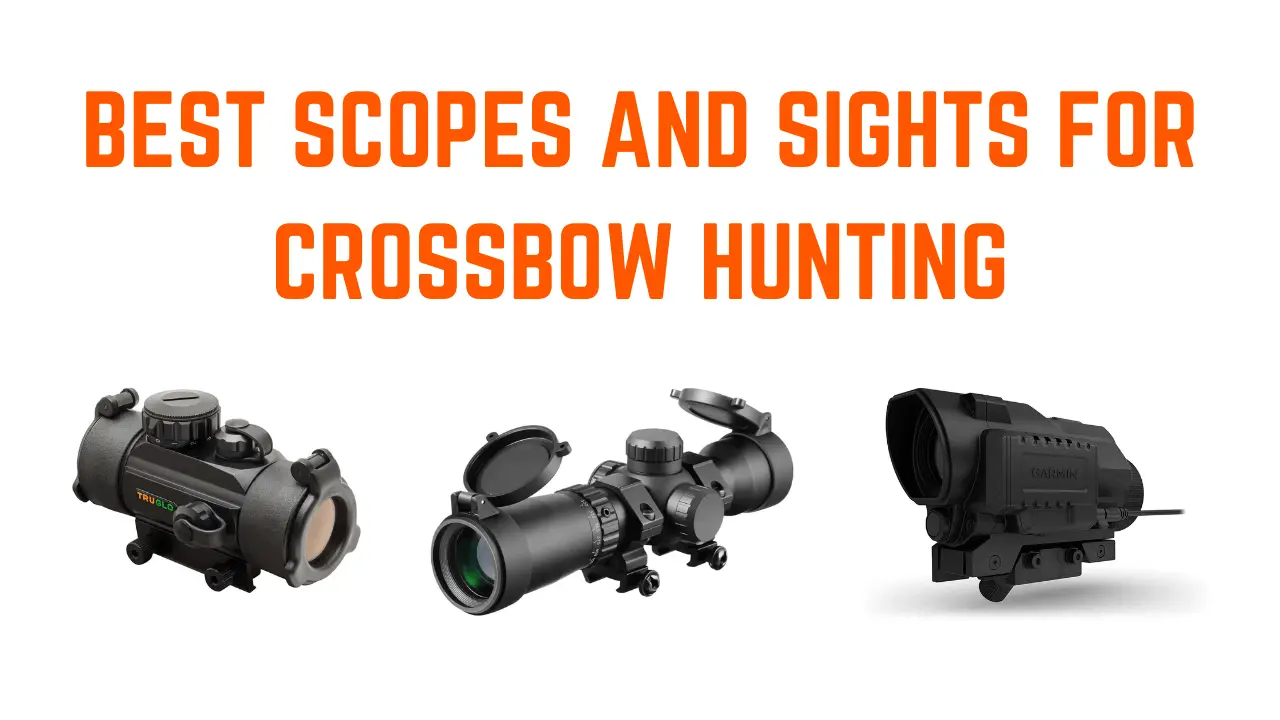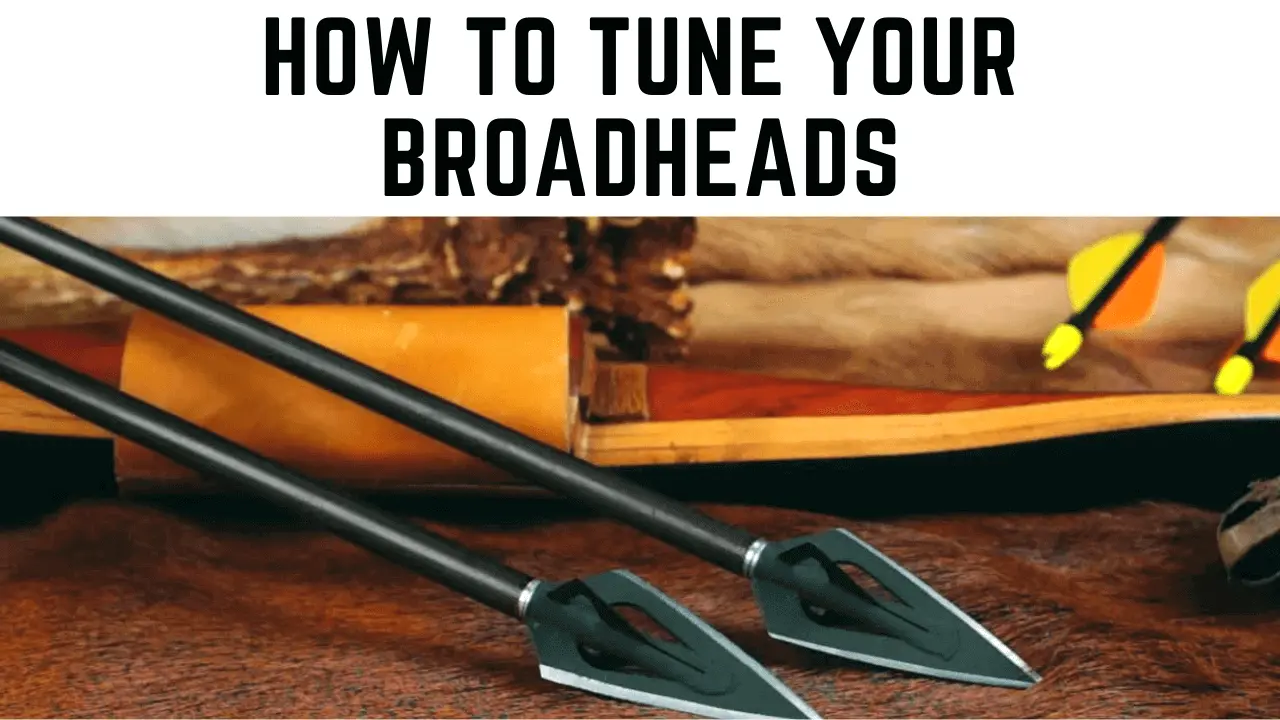Parts of a Crossbow Explained in All Detail
Because of their ease of handling and low noise, crossbows have become a popular choice among shooters over guns. But knowing all the parts of a crossbow can be difficult, especially when first starting.
Unlike other weapons, crossbows do not come assembled. For a crossbow to be assembled quickly and easily, we must be familiar with its parts and accessories.
If you are a beginner interested in learning more about crossbow components, you’ve come to the right place.

The Anatomy of Crossbow
Historically, crossbows have been used for hunting and combat, especially as deadly weapons.
They feature a bow attached to a frame that shoots arrows or bolts. When the trigger is pulled, the energy held in the bow’s limbs is released and moves the arrow.
Modern crossbows feature metal parts, synthetic strings, and adjustable trigger mechanisms. They can be used in many settings, including sport, hunting, and target shooting, and can be personalized with scopes, sights, stocks, and other add-ons to enhance accuracy and performance.
Let us dig deep into the crossbow’s components to learn more about it.
Limbs
In a crossbow, limbs store energy when the string is pulled back. Composed of composite materials, such as fiberglass or carbon fibre, for strength and durability, the crossbow’s limbs are connected to its stock and keep the string in place.
As the trigger is pulled, the force gathered in the limbs is delivered to the string and launches the arrow forward.
Known for its significant impact on accuracy and strength, the crossbow’s limb assembly is an important component, and it can be modified based on the shooter’s needs and come in a variety of lengths and widths to suit a wide range of shooting styles, whether you use it for hunting or target shooting.
Bowstring and Serving
The bowstring acts like a spring, which is vital because it is attached to both ends of the limbs and is responsible for energy transfer.
We place an arrow in front of the string so it moves forward when you release it. All the kinetic energy it has is transferred to the arrow and shoots it at hundreds of meters per second.
It must be lightweight, durable, and flexible to do all this effectively.
Crossbow servings refer to the protective wrapping around the bowstring and cables near the limb assembly. Materials such as Dacron and Spectra are commonly used for them. In addition to safeguarding the bowstring from friction and wear, these coverings make it simpler for the shooter to maintain a steady hold on the string when aiming.
The servings are available in two forms: centre servings, which wrap around the center of the bowstring and tend to be thicker to absorb the most strain, and the end servings, which surround the bowstring at the ends and are usually thinner due to not having to handle the same levels of pressure.
Since servings are essential parts of a crossbow, they must be checked regularly. Any damage to the servings must be repaired or changed immediately for the crossbow to perform optimally.
Stock
Stocks of crossbows are one of the most integral parts of a crossbow, as they form its foundation. The stock does not have a specific purpose, but it holds all the accessories that can help you hold the crossbow, some of which are the rail, latch, and trigger.
It provides a base for the shooter to hold the crossbow. The barrows used for the crossbow rest in the channel of the crossbow.
It is important to have a good stock because it can affect the stability and accuracy of the shot. By having an efficient stock, you can hold the crossbow more easily and reduce the recoil. In contrast, a poorly designed crossbow stock produces more recoil and loses accuracy due to a lack of comfort.
They come in different sizes and shapes, some of which can be adjusted according to user preference. For an enhanced shooting experience, the stock can also be equipped with a sling, a bipod, or a cheek rest.
Trigger
The trigger releases the crossbow’s arrow by releasing the energy stored in the bowstring. Pulling the trigger releases the bowstring, but before the trigger is pulled, the sear keeps the bowstring in place.
Crossbow triggers come in different designs with different features, some of which have an anti-dry trigger system that prevents the trigger from being pulled without an arrow in place, helping to avoid damage to the bowstring and limbs.
Damage to the trigger from any side may prevent the crossbow from firing. With a solid and durable trigger on the crossbow, you will experience a smooth release of the arrow, enhancing the user experience.
Anatomy of a Crossbow Bolt
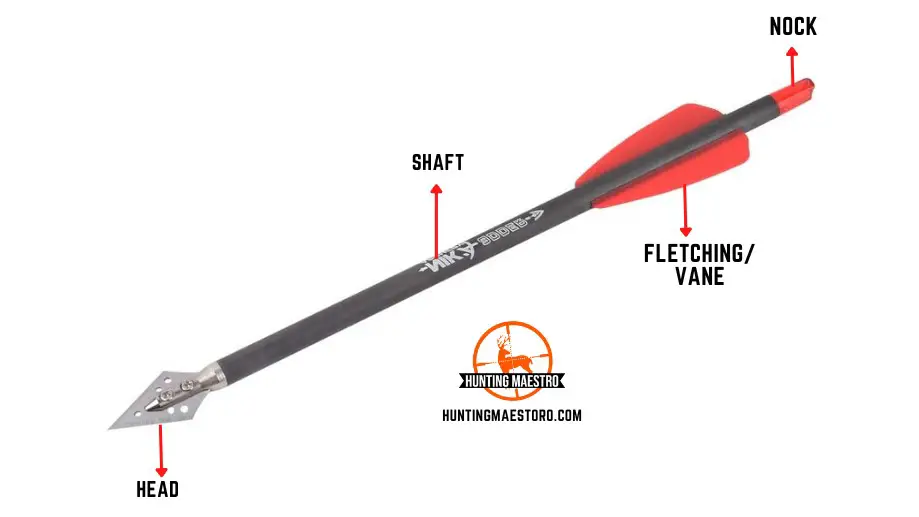
Shaft
The shaft of a crossbow refers to the arrow fired from the crossbow. The shaft is typically lightweight and is generally made of wood, aluminum, or carbon fiber. The shaft is held with a point, or head, at one end and a nock at the other, which fits onto the bowstring of the crossbow.
In addition to its length and weight, the shaft can significantly impact the shot’s accuracy and power.
Many arrows can be used with the crossbow, but to extract optimal performance out of your crossbow, you must choose the right shaft. Some of the shafts are adjustable, which can help the shooter fine-tune the arrow placement, enhancing accuracy and reducing wind drift.
Nock
It is a small, U-shaped notch at the back end of the arrow or bolt that connects it with the bowstring. It is designed to fit onto the bowstring holding the arrow in place as you prepare your shot.
The nock is usually lightweight and made of plastic or durable composite materials. They come in different sizes and must be matched with the bowstring and the bow limb size of the crossbow when bought. Some of the common nock varieties include:
- Half-moon
- Flat
- Omni
- Capture (a deep u-shape similar to that of an arrow nock)
- Multi-grooved
Fletching
Fletching is the process of attaching feathers to the arrow that is to be shot. They are usually made up of feathers or plastic and are attached to the back of the arrow near the nock.
In crossbows, fletching is used to stabilize the bolts or arrows shot from a crossbow. The fletches help control the bolt’s direction and stability as it travels through the air. They make the bolt spin on its axis to travel longer distances.
Conventionally, real feathers were used for the arrows. But in the case of crossbow bolts, plastic fletches are used since they are shot at very high speed, and having real feathers would produce unnecessary drag and deviate them from their projected path.
Point
Whether a practice target or a live game, the point refers to the sharp end of the arrow penetrating the target. They are usually made up of stainless steel.
There are several kinds of points used, each having its specific purpose. Field points, Judo points, Slammer points, and Broadheads are some of them. The most commonly used points are the field points and the broadheads.
Field points:
Field points have pointy tips mostly made of plastic which is ideal for target practice. They aren’t recommended for anything else as they aren’t lethal enough to kill larger prey. A field point typically weighs 125 to 150 grains and screws onto the bolt shaft.

Broadheads:
Hunters often use these because they have strong blades that cut on contact and do extensive damage for a successful hunt. They can either be fixed or mechanical. The only difference is that the blades of a mechanical broadhead spring up only when they hit the target.
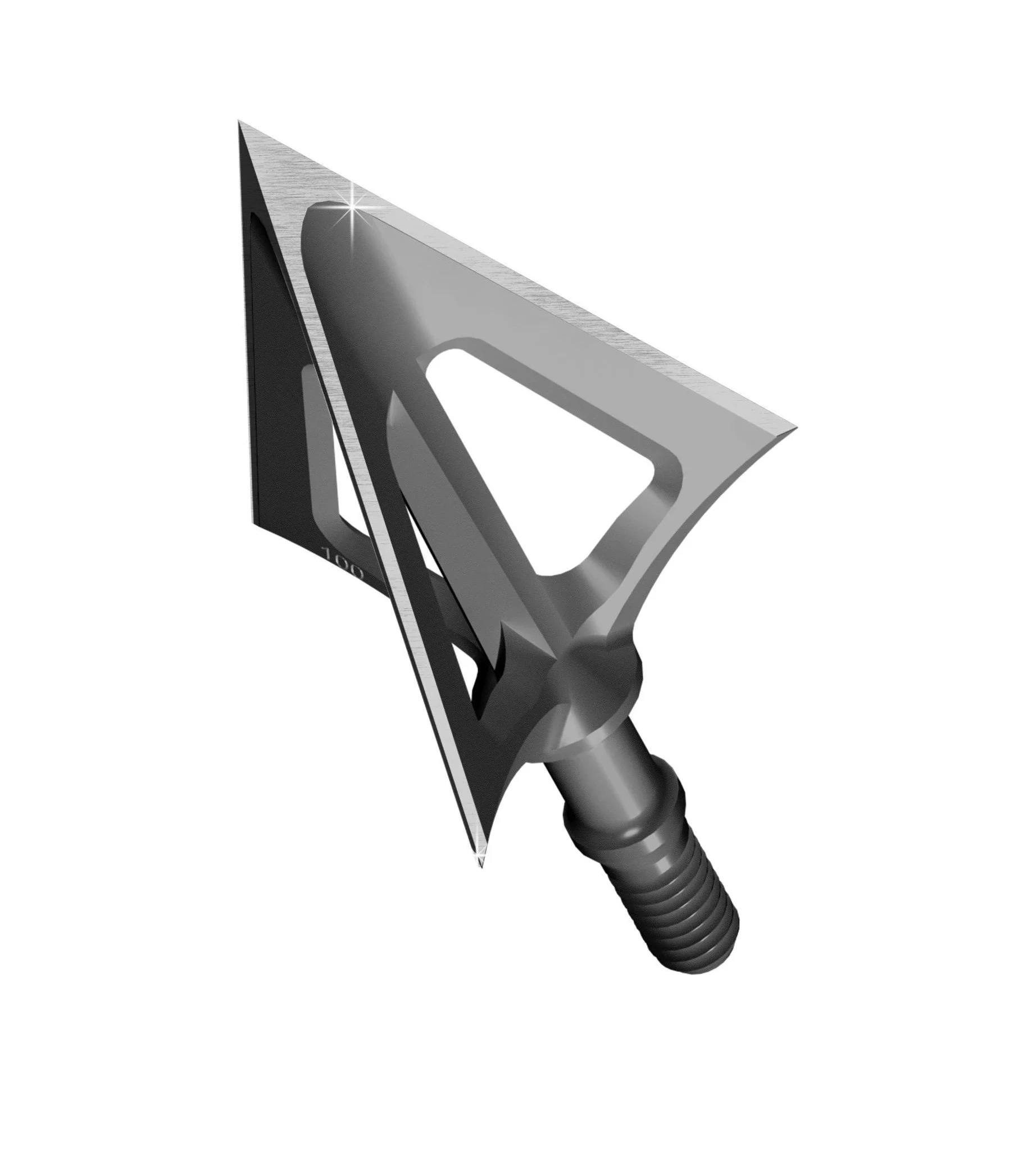
Common Accessories
Apart from the basic parts of a crossbow, many accessories can be attached to the crossbow to make the hunt more comfortable. It’s not uncommon for crossbow manufacturers to include many of these since they’re so vital.
Sight and Scope
The sight and scopes of a crossbow are necessary to align the bolt for a decent, well-rounded shot. Many types of sights come with crossbows.
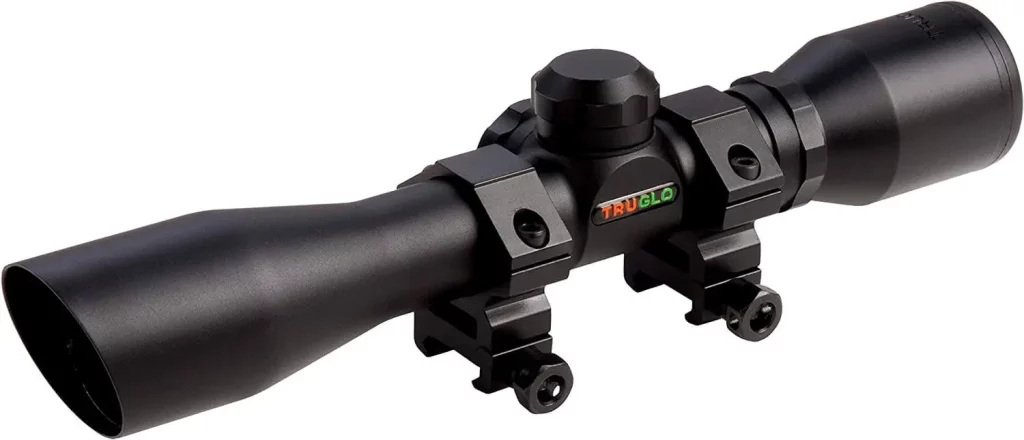
Open sights are conventional sights with front and rear sights screwed onto the crossbow stock. The front sight is usually a single point aligned within a notch or circle at the rear to aim at the target accurately.
But nowadays, many crossbows come with manufacturer-provided scopes. They can either be red-dot sight or magnifying scopes. By zooming in on the target and seeing it more clearly, these scopes provide the shooter with increased precision and accuracy.
Quivers
Having a Quiver is essential for holding your bolts and carrying them easily. You can carry your arrows the old-fashioned way by slinging a slender bag around your shoulders. But now, the crossbows come with quivers attached right underneath them.
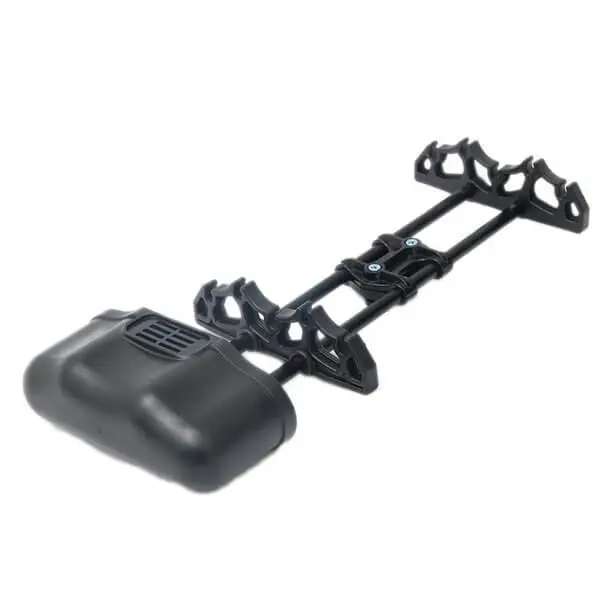
They are usually mounted under the crossbow stock and are designed to hold three to four crossbow bolts at max, which can be easily detached using easy-release mechanisms. Such quivers have a plastic hood at the end that covers the sharp ends of the arrow and protects you from causing any harm from the broadhead blades if you are using any.
Besides that, many other wearable quivers for holding your crossbow bolts, like hip quivers, back quivers, etc.
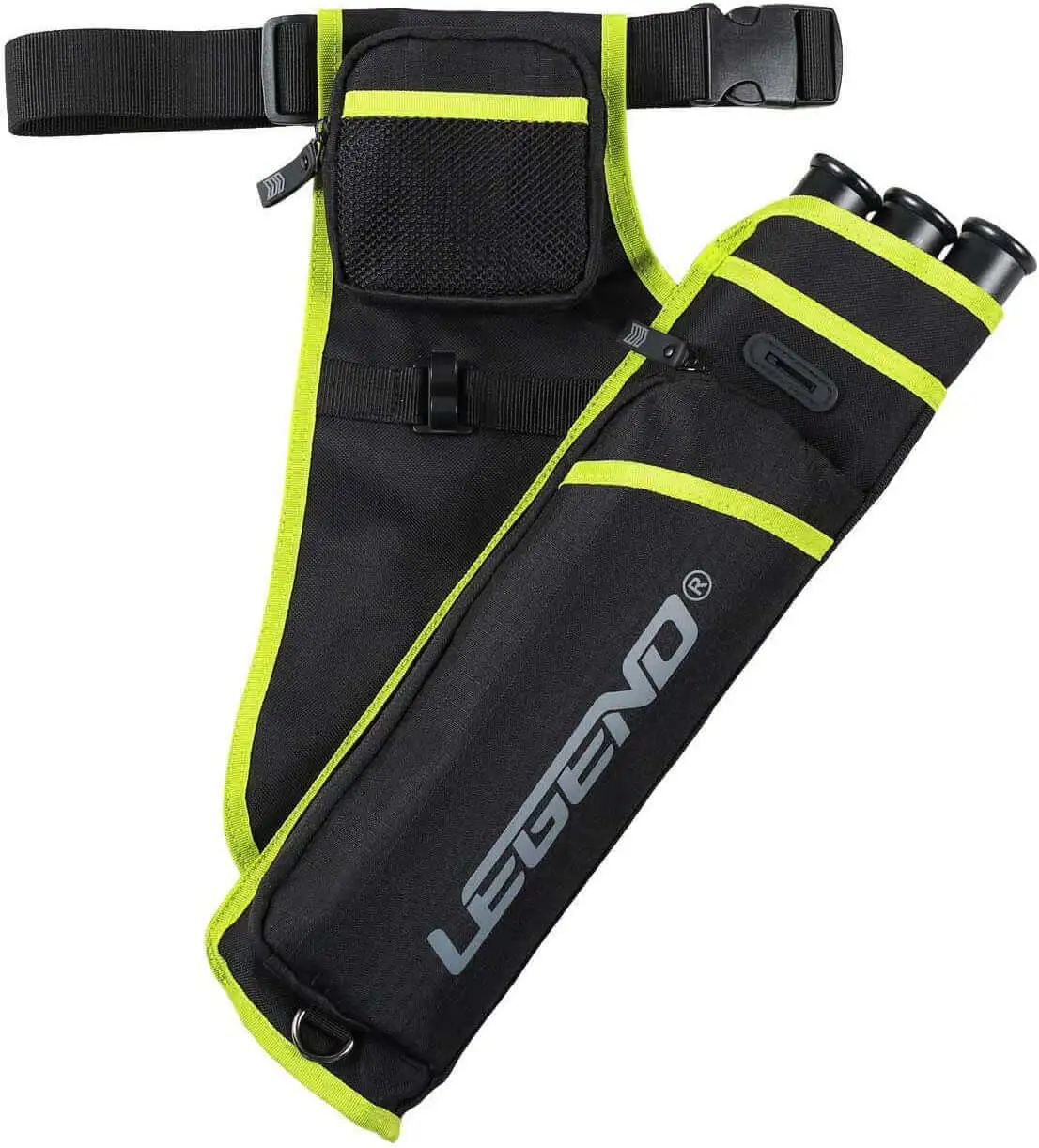
Sling/Strap
It can be difficult to track and chase your prey on the field by always carrying your crossbow in your hands. For that purpose, you can use a sling that can attach to your crossbow to offload some of its weight on your shoulders.
They are adjustable and can immensely help your walk into the woods.
Trigger Safeties
It is important to have trigger safety fittings on a crossbow because releasing a trigger accidentally can be dangerous, and they help prevent this kind of mistake from happening.
Crossbows have several trigger safety mechanisms, including an anti-dry fire safety mechanism that prevents the crossbow from firing without an arrow loaded and automatic safety lock systems that engage when the crossbow is cocked.
Both these options add an extra layer of safety and are enabled automatically without you having to make any extra effort.
Final Words on Understanding Parts of a Crossbow
So there you have it! The more you know about your crossbow, the more enjoyable your hunting experience will be. Understanding the functions of each component will give you a better understanding of how your crossbow should be used and maintained, making it easier for you to do so.
Prepare yourself to take aim and hit your targets with precision this time around. I hope you enjoy your hunting season!
